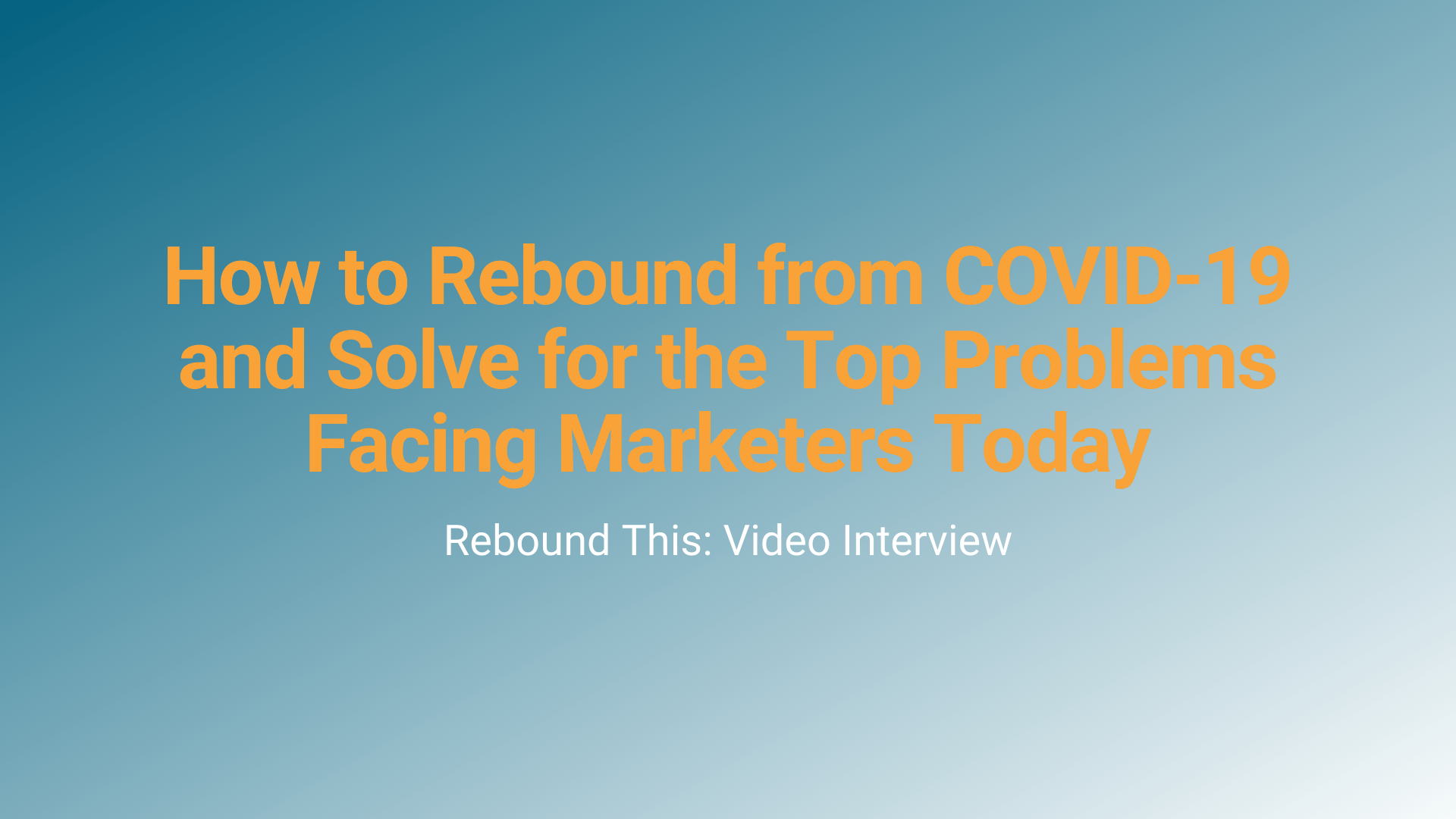Belief-proof your marketing copy

Our high school was putting on the musical, “No, No, Nanette.” While others vied for acting and singing parts, I knew exactly what I wanted: to be the pit orchestra’s only flautist. I was happy when that happened – plus, my good friend Megan was playing first violin. The two of us would create much of the musical’s background melody.
The orchestra practiced in the evenings and all was going well. Then, one evening, when we got a break, one of us – I don’t remember who, so let’s say Megan – came up with this idea: let’s use the air from the bathroom’s hand dryer so we look like those models whose hair blows in the breeze as they trot down a sunny beach.
Aiming streams of air towards our hair sounded easier than it was. When we sat beneath the dryer, we were too close to the gunk on the floor (eww), the air burned our scalps – and, yes. It also blew our hair straight down. So, we tried twisting the direction of the nozzle upward – but could only move it a smidge. Maybe, we thought, if we twist the nozzle AND sit on the edge of the sink counter – nah, that didn’t work, either.
Plus, we suddenly realized that we were late back to practice. So, we hurried to the auditorium, where the conductor stopped everyone else from playing music (without the melody, remember) and gave us that “where were YOU?” look that teachers must perfect on day one.
We started to respond but, before we got out, “Well, what happened was . . .” we realized how ludicrous our explanation would sound, even though it would be factual. So, we mumbled something like, “really sorry” before slinking back to our seats as the conductor sighed and rolled his eyes.
Here’s the bottom line
In other words, even if we’d shared the truth, it still wouldn’t sound believable.
The same can happen with your writing. If it isn’t perceived as believable, you won’t be achieving your goals in writing that copy. So, what should you do?
Ten tips for creating believable marketing copy

1) When you include quotes from experts, choose the most relevant ones (experts AND quotes), and vet them before including them in your copy. Also include links and/or credentials that highlight their expertise.
2) Include testimonials and case studies, whenever possible. Although you may sometimes need to use blind (anonymous) testimonials/case studies, or ones with pseudonyms, ones with a real person’s name and info are much more believable.
3) Whenever possible, include statistics from well-run studies and state where you got the data and/or include a link to the studies. Or run your own studies and report results objectively and accurately.
4) If your topic focuses on a rapidly changing phenomenon, make sure that you’re using the latest, most reliable data. It doesn’t matter what was thought to be true ten years ago (unless you’re providing an historical perspective) if it’s later been disproven.
5) When you use secondary sources, make sure they are trustworthy ones. If you have a question about the reliability of a source, but feel it’s important to include information from it, include a disclaimer. Perhaps: although we could not independently verify this information, site ABC states that . . .
6) Make sure that you aren’t exaggerating any claims about your company’s products and/or services – and that you can back them up. For example, are you sure that your product will improve a problem by 100%? How did you determine that? What info can you include to legitimize your statement?
7) Don’t overdo the superlatives: Amazing! Incredible! Fantastic! Stupendous! Spectacular! Even if it’s true (like our hand blower story was), it probably won’t sound believable and may remind readers of carnival barkers and snake oil salespeople.
8) Avoid vague phrases, clichés and jargon. Be specific. Which is more actionable? “Our widget transforms lives across platforms” or “Our widget lowers blood pressure by 20% in people with medically high blood pressure, whether they are taking medicine A, B or C.”
9) Use images and graphics that bolster the information in the text.
10) Don’t claim a perfect record for or otherwise promise perfection about your company. It will only be met with skepticism and set the bar too high to ever be met in real life circumstances.
What are your thoughts about these tips? Do you disagree with any of them? What tips could you add? Please leave a comment below.

Our high school was putting on the musical, “No, No, Nanette.” While others vied for acting and singing parts, I knew exactly what I wanted: to be the pit orchestra’s only flautist. I was happy when that happened – plus, my good friend Megan was playing first violin. The two of us would create much of the musical’s background melody.
The orchestra practiced in the evenings and all was going well. Then, one evening, when we got a break, one of us – I don’t remember who, so let’s say Megan – came up with this idea: let’s use the air from the bathroom’s hand dryer so we look like those models whose hair blows in the breeze as they trot down a sunny beach.
Aiming streams of air towards our hair sounded easier than it was. When we sat beneath the dryer, we were too close to the gunk on the floor (eww), the air burned our scalps – and, yes. It also blew our hair straight down. So, we tried twisting the direction of the nozzle upward – but could only move it a smidge. Maybe, we thought, if we twist the nozzle AND sit on the edge of the sink counter – nah, that didn’t work, either.
Plus, we suddenly realized that we were late back to practice. So, we hurried to the auditorium, where the conductor stopped everyone else from playing music (without the melody, remember) and gave us that “where were YOU?” look that teachers must perfect on day one.
We started to respond but, before we got out, “Well, what happened was . . .” we realized how ludicrous our explanation would sound, even though it would be factual. So, we mumbled something like, “really sorry” before slinking back to our seats as the conductor sighed and rolled his eyes.
Here’s the bottom line
In other words, even if we’d shared the truth, it still wouldn’t sound believable.
The same can happen with your writing. If it isn’t perceived as believable, you won’t be achieving your goals in writing that copy. So, what should you do?
Ten tips for creating believable marketing copy

1) When you include quotes from experts, choose the most relevant ones (experts AND quotes), and vet them before including them in your copy. Also include links and/or credentials that highlight their expertise.
2) Include testimonials and case studies, whenever possible. Although you may sometimes need to use blind (anonymous) testimonials/case studies, or ones with pseudonyms, ones with a real person’s name and info are much more believable.
3) Whenever possible, include statistics from well-run studies and state where you got the data and/or include a link to the studies. Or run your own studies and report results objectively and accurately.
4) If your topic focuses on a rapidly changing phenomenon, make sure that you’re using the latest, most reliable data. It doesn’t matter what was thought to be true ten years ago (unless you’re providing an historical perspective) if it’s later been disproven.
5) When you use secondary sources, make sure they are trustworthy ones. If you have a question about the reliability of a source, but feel it’s important to include information from it, include a disclaimer. Perhaps: although we could not independently verify this information, site ABC states that . . .
6) Make sure that you aren’t exaggerating any claims about your company’s products and/or services – and that you can back them up. For example, are you sure that your product will improve a problem by 100%? How did you determine that? What info can you include to legitimize your statement?
7) Don’t overdo the superlatives: Amazing! Incredible! Fantastic! Stupendous! Spectacular! Even if it’s true (like our hand blower story was), it probably won’t sound believable and may remind readers of carnival barkers and snake oil salespeople.
8) Avoid vague phrases, clichés and jargon. Be specific. Which is more actionable? “Our widget transforms lives across platforms” or “Our widget lowers blood pressure by 20% in people with medically high blood pressure, whether they are taking medicine A, B or C.”
9) Use images and graphics that bolster the information in the text.
10) Don’t claim a perfect record for or otherwise promise perfection about your company. It will only be met with skepticism and set the bar too high to ever be met in real life circumstances.
What are your thoughts about these tips? Do you disagree with any of them? What tips could you add? Please leave a comment below.







Leave A Comment